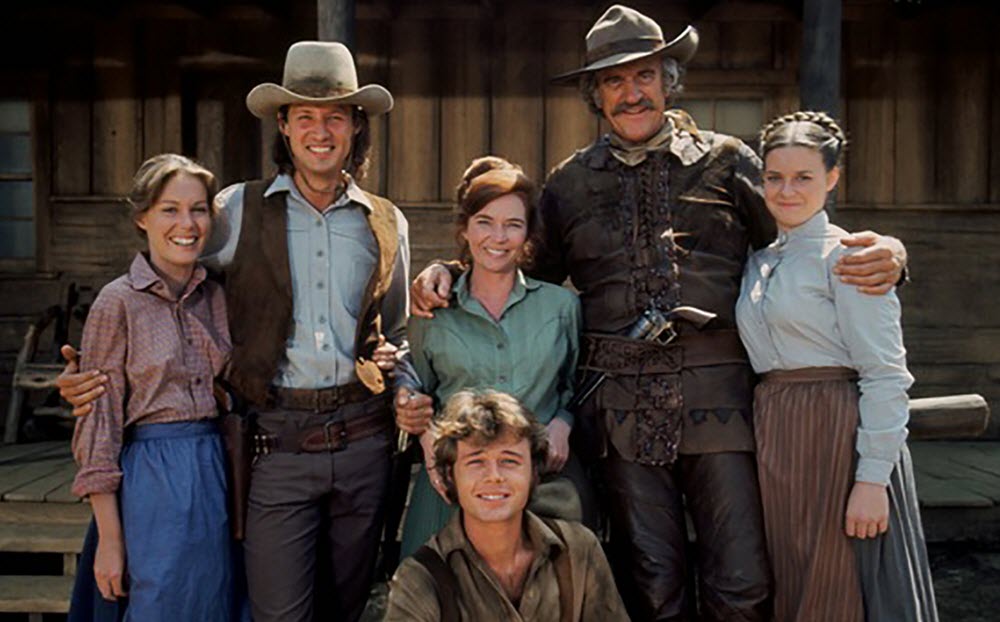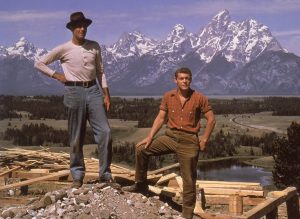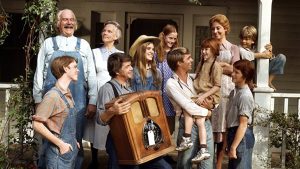The Western genre has been a beloved part of American entertainment for many years, with stories of cowboys, outlaws, and pioneering spirits capturing the imaginations of audiences. Among the myriad of Western films and TV shows, “How the West Was Won” stands out as an iconic television series. This article delves into the history, plot, and cultural impact of “How the West Was Won.”

Historical Background
Origin and Development
“How the West Was Won” is a television series that aired from 1976 to 1979. The show was born out of the 1962 film of the same name and a subsequent two-part 1976 television film. The success of these productions led to the development of the series, which was produced by MGM Television and broadcast on the ABC network.
The Creative Minds
The series was created by Jim Byrnes and starred notable actors like James Arness, who had already made a name for himself in the Western television genre through “Gunsmoke,” as well as Eva Marie Saint and Bruce Boxleitner. With a strong creative team and a cast that resonated with the audiences, “How the West Was Won” was poised for success.
Plot and Characters
An Epic Family Saga
“How the West Was Won” is a family saga that chronicles the lives of the Macahan family as they move west during the latter half of the 19th century. The story starts with Zebulon Macahan, a rugged mountain man and former Civil War fighter, played by James Arness. The series follows Zebulon as he helps his family adapt to and thrive in the harsh conditions of the American West.
Complex Characters and Story Arcs
The Macahan family, comprising brothers and sisters with their own diverse personalities and struggles, is the heart of the series. The show’s complex characters are involved in various plots and story arcs, which include romance, conflict, and adventure, against the backdrop of a rapidly changing American frontier.
Cultural Impact
A Realistic Portrayal of the West
While the Western genre is often criticized for romanticizing the American West, “How the West Was Won” is praised for its more realistic portrayal. The series depicts the challenges faced by settlers, including conflicts with Native Americans, outlaws, and the elements, providing a more grounded view of the westward expansion.
Enduring Popularity
Even after its final episode aired, the show maintained a fan base. It was lauded for its storytelling, character development, and attention to historical detail. Moreover, the epic scope of the series and its representation of family and perseverance resonated with the audience.
Legacy and Preservation
Awards and Recognition
“How the West Was Won” received critical acclaim and was nominated for several awards during its run. James Arness, in particular, was praised for his portrayal of Zebulon Macahan, a character which became one of the most enduring in Western television history.
Home Media and Modern-Day Relevance
In recognition of its cultural significance, “How the West Was Won” has been preserved through home media releases. These releases allow older fans to revisit the series and introduce the epic tale to a new generation, further cementing its place in television history.

